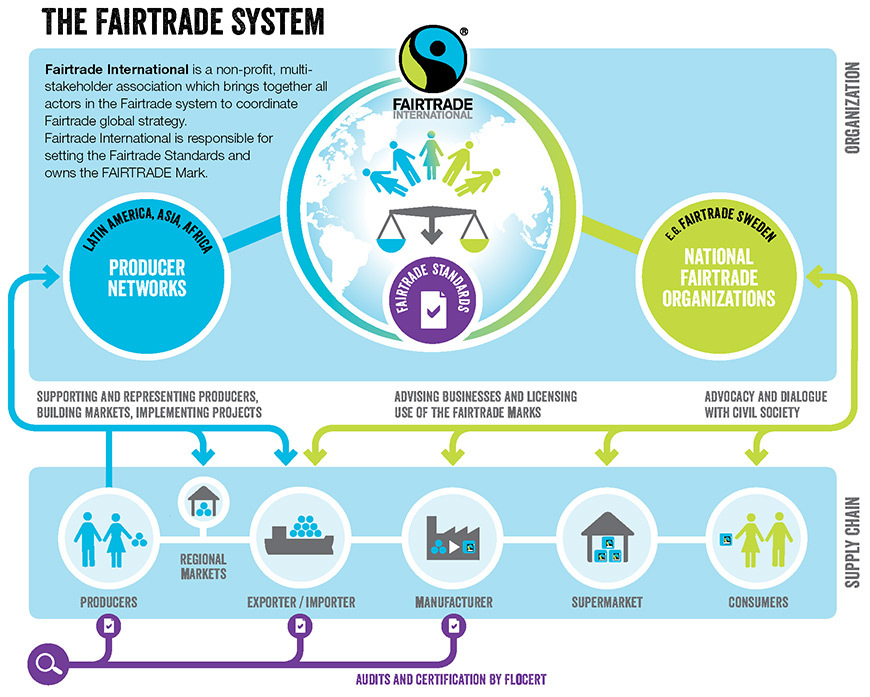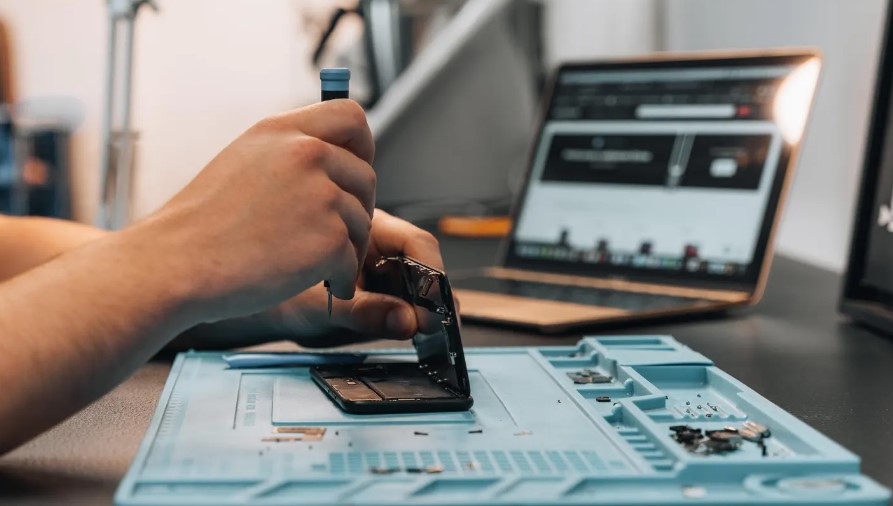Ever wondered what fairtrade is all about? It’s a dynamic arrangement aimed at supporting producers in developing countries, fostering sustainable and equitable trade relationships. The essence of the fairtrade movement lies in paying higher – FAIRER – prices to local producers while upholding improved social and environmental standards. Fairtrade aims to transform the landscape of global trade by ensuring better prices, decent working conditions, and a more equitable deal for farmers and workers in developing nations. This approach implies a more equitable supply chain, which empowers local producers to gain greater control over their production, consequently their lives and future.
In today’s globalized world, the Fairtrade movement stands as a beacon of change, actively bridging the gap between consumers, businesses, and governments to create a fairer and more sustainable marketplace. It goes beyond mere transactions; it’s a catalyst for positive transformation in our everyday choices. Fair Trade Organizations (FTOs), also known as alternative trade organizations (ATOs), are the driving force behind the Fair Trade movement. Organizations like Oxfam exemplify the commitment to Fair Trade principles by actively engaging in supporting producers, raising awareness, and advocating for the integration of Fair Trade principles into international trade practices.
Fairtrade standards
Given the development focus of fair trade, related standards contain minimum requirements that all producer organisations must meet to become certified as well as progress requirements in which producers must demonstrate improvements over time. There are two types of fairtrade standards for disadvantaged[vague] producers: standards for small farmers’ organizations and for hired labor situations. Small farmers’ organization standards include requirements for democratic decision making, ensuring that producers have a say in how the fair trade premiums are invested, etc. They also include requirements for capacity building and economic strengthening of the organization. Hired labour situation standards seek to ensure that employees receive decent[vague] wages and may join unions and bargain collectively. Fairtrade certified plantations must also ensure that there is no forced or child labour and that health and safety requirements are met. In a hired labor situation, fair trade standards require a “joint body” to be set up with representatives from both management and employees. This joint body decides on how fairtrade premiums will be spent to benefit plantation employees.
For some products, such as coffee, only fair trade standards for small farmers’ organizations are applicable. For others, such as tea, both small farmers’ organizations and plantations can be certified. Fair trade standards and procedures are approved by the FLO Standards Committee, an external committee comprising all FLO stakeholders (labeling initiatives, producers, and traders) and external experts. Fair trade standards are set in accordance to the requirements of the ISEAL Code of Good Practice in standards setting and are in addition the result of an extensive consultation process, involving a variety of stakeholders: producers, traders, external experts, inspectors, certification staff etc.

The Pillars of Fairtrade: Economic, Social, and Environmental
Fairtrade is built upon three pillars: economic, social, and environmental standards. These standards set the groundwork for manufacturers to distribute the benefits of trade more equitably, ensuring fair wages, transparent trade relations, and sustainable production practices.
Economic: Fairtrade mandates manufacturers to pay the Fairtrade Minimum Price and Premium, promoting traceability, transparency, and providing pre-finance if needed by producers.
Social Standards: Fairtrade prohibits exploitative child labor and discriminatory employment practices, focusing on fair working conditions, employment contracts, and the democratic participation of workers.
Environmental Standards: Fairtrade strives to minimize the environmental impact of production, banning the use of harmful pesticides and GMO seeds, protecting natural resources, and encouraging eco-friendly cultivation.
Fairtrade’s Impact on Producers and Consumers
For producers, especially those marginalized by the global trade system, Fairtrade is a lifeline. It ensures fair prices, decision-making participation, decent working conditions, and access to credit. Consumers play a pivotal role by supporting Fairtrade products, contributing to farmers’ and workers’ empowerment, and shaping a sustainable future.
A benchmark: Fairtrade International
Fairtrade International serves as the benchmark for the global Fairtrade movement. It develops and reviews Fairtrade standards, assists producers in certification, and ensures transparency through the Fairtrade Standards and Policy Committee. Fairtrade stands out as the only global sustainability standard owned and managed by producers. Fairtrade is an association of three Producer Networks, nineteen National Fairtrade Organisations (formerly: Fairtrade Labelling Organisations) and eight Fairtrade Marketing Organisations that promote and market the Fairtrade Certification Mark in their countries. Producer Networks exist in Latin America, The Caribbeans, Africa, Middle East, Asia and the Pacific. National Fairtrade Organisations exist in 16 European countries as well as in Canada, the United States, Japan, Australia and New Zealand. Fairtrade International also oversees Fairtrade Marketing Organisations in the Czech Republic, Korea, Hong Kong, Taiwan, India, Philippines, and Poland.
With a focus on delivering the Sustainable Development Goals, it actively supports women in business and leadership roles, serving as a vital development tool. In a market flooded with labels, Fairtrade emerges as an independent, pragmatic, and flexible business partner. Choosing to go fair trade implies compliance with social, economic, and environmental standards, providing consumers with the trust and confidence needed to make sustainable choices.
Source: Fairtrade International (graphics and text)
Cover picture: PIXABAY



